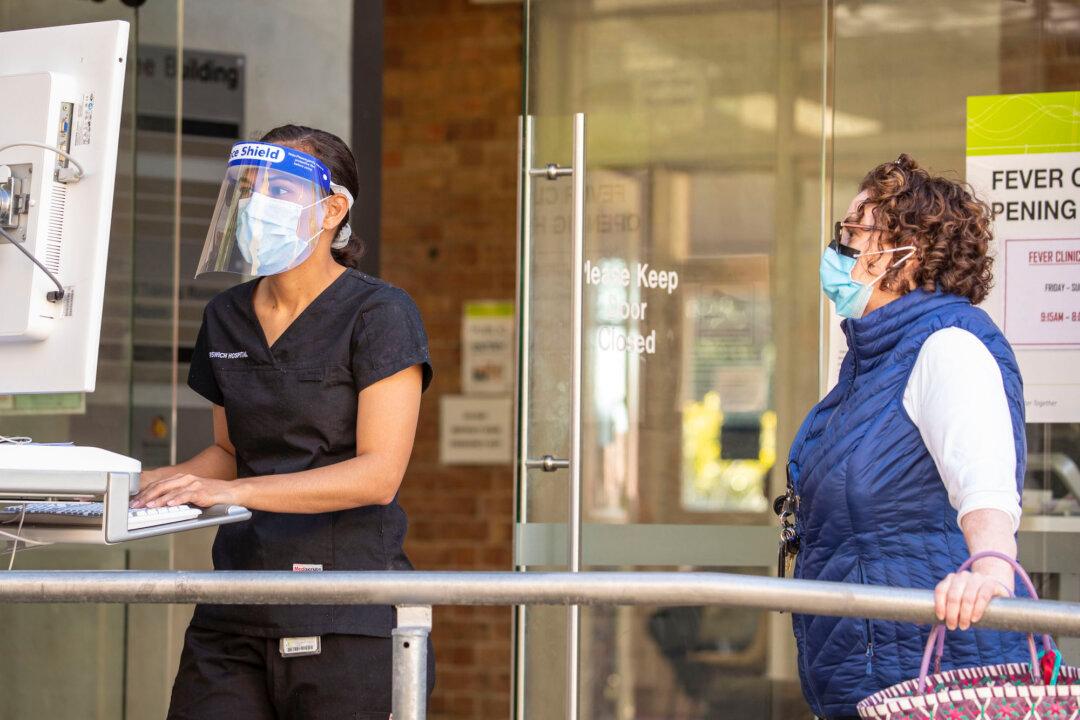Queensland’s state government will, on April 29, wind up the team responsible for COVID-19 contact tracing, issuing quarantine directions, monitoring quarantine compliance, and reviewing and managing the case data and vaccination status of thousands.
This comes one day after the state ended isolation requirements for household contacts and as governments around the world begin to roll back—either voluntarily or after being overturned by courts—various pandemic measures.





